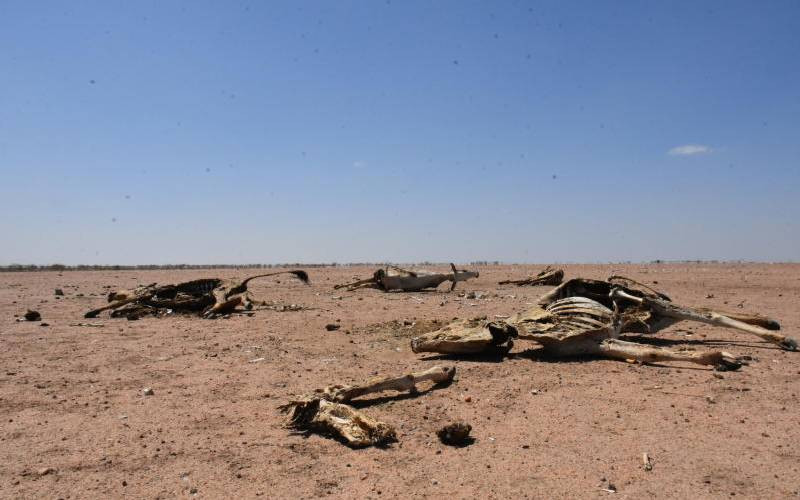×
The Standard e-Paper
Informed Minds Prefer The Standard

Climate journalism has been in practice for decades although the ferocious effects of environmental degradation and ecosystem uncertainty may make the sphere to be viewed as a new phenomenon in recent years.
In Kenya, for example, the media have persistently investigated and reported about the side effects of runaway droughts, particularly in semi-arid northern region of the country. Livestock deaths and excruciating hunger among the pastoral community have always been brought to the fore by journalists.